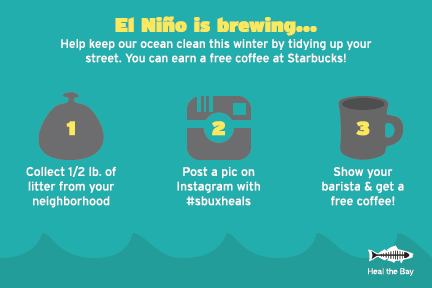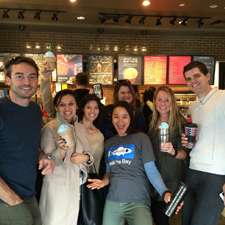The new administration ordered funding freezes of EPA grants and contracts yesterday. Communications Director Matthew King examines five ways this directive could harm the Bay.
UPDATE 2/1/17: Today members of the U.S. Senate Committee on Environment and Public Works boycotted the vote to confirm Oklahoma Attorney General Scott Pruitt’s nomination to lead the U.S. Environmental Protection Agency. A vote will be rescheduled in the coming days. Add your voice to this petition now urging the U.S. Senate Committee to reject Pruitt’s nomination. Tell our elected officials to maintain strong EPA funding for programs that affect our Bays nationwide.
These are strange and unsettled times in Washington, D.C. Many conservatives and populists are euphoric about the promise of a new administration, while progressives grow increasingly pessimistic with each passing day.
It’s also safe to say these are strange and unsettled times here in our offices, as we process what the actions of the Trump administration could mean for our work and the Bay.
As a trusted watchdog, Heal the Bay is guided by the best science, not emotion. And when a federal action from the new administration threatens the health and well-being of the Bay, we speak out forcefully.
Well, this week is one of those weeks.
Coming into work yesterday morning, we learned that the new administration had imposed an immediate freeze on grants and contracts by the U.S. Environmental Protection Agency. The startling move “threatens to disrupt core operations ranging from toxic cleanups to water quality testing,” according to a ProPublica record search.
In all, the U.S. EPA dispenses some $6.4 billion in federal grants each year to support testing, cleanup and remediation initiatives, including several Heal the Bay programs.
Transition officials insist the freeze is merely a pause and allows incoming managers to assess if the programs should move forward. But longtime U.S. EPA employees and seasoned advocates paint a different picture – hiring freezes happen, but grant freezes are unusual and can threaten to disrupt contracted work.
Here’s how one U.S. EPA contractor responded to questions from a stormwater management employee, per ProPublica: “Right now we are in a holding pattern. The new U.S. EPA administration has asked that all contract and grant awards be temporarily suspended, effective immediately. Until we receive further clarification, this includes task orders and work assignments.”
Many questions remain about the EPA freeze, such as how long it will last and which contracts it impacts.
As recipients of nearly $200,000 in yearly U.S. EPA grants, we are rightly anxious. Similarly, many of our partner organizations receive federal funds that power collaborative initiatives with Heal the Bay.
We still have more questions than answers, but here’s a look at our top 5 issues that could be affected by grant freezes:
1. Regular Monitoring of Beach Water Quality
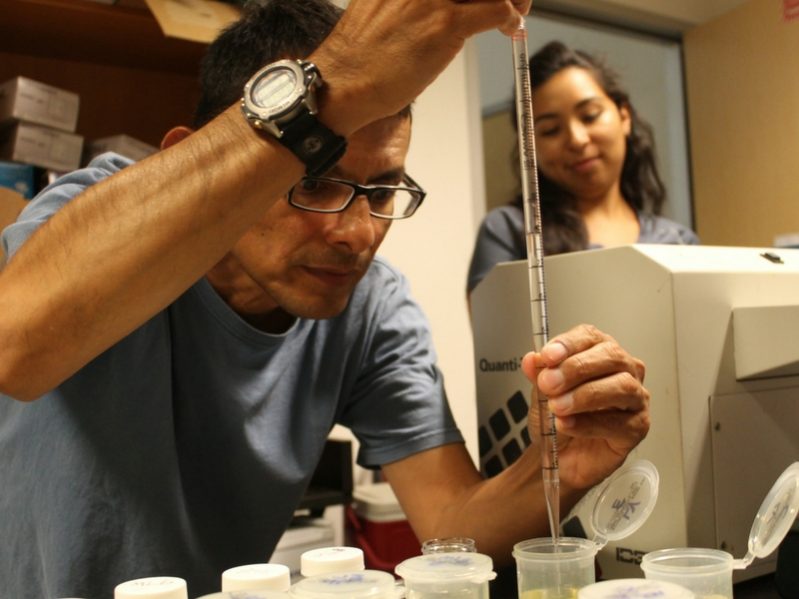
Our Beach Report Card provides weekly A-to-F water-quality grades for more than 500 California beaches, protecting millions of oceangoers each year from getting sick. U.S. EPA grants underwrite the weekly sampling and testing of beaches conducted by many county health agencies throughout the state. No money = no testing = no data = no Beach Report Card = compromised public health. We’ve faced this issue with temporary budget reductions in the past, and have scrambled to piecemeal some bridge funds to keep some monitoring alive. But, there is no current plan for the state or other funders to pick up the pieces dropped by EPA if funding for beach programs is slashed.
2. Keeping Our Local Streams Healthy
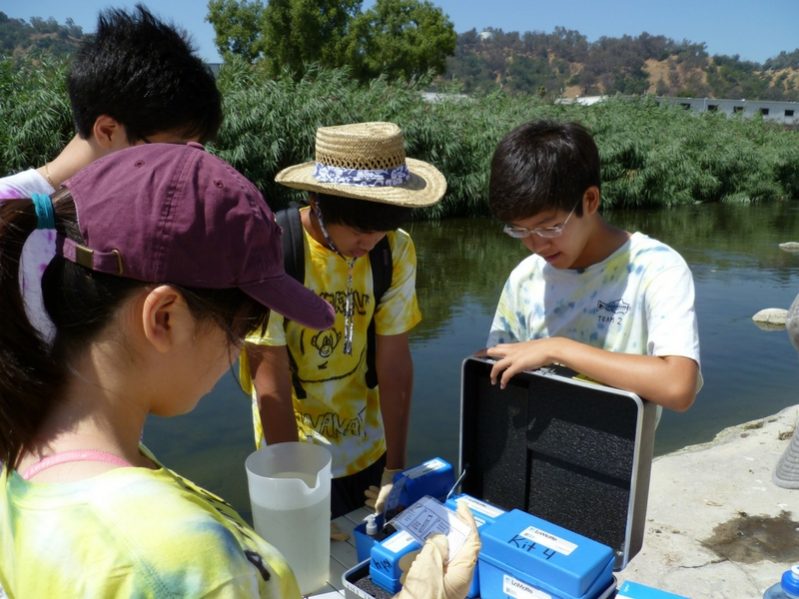
The health of the Bay can’t be separated from the health of the waters that feed it. Fully functioning and thriving creeks, streams and rivers provide numerous environmental benefits – habitat, improved water quality and recreational space. U.S. EPA grants to our Stream Team program fund our staff scientists’ ongoing monitoring and education efforts along the L.A. River. Programs, like U.S. EPA’s Urban Waters Grant programs are specially designed to support restoration and protection of the important waterways that flow through communities in places that are most in need of open and natural space. Loss of programs like these is particularly devastating for L.A.
3. Protecting Our Dwindling Wetlands

L.A. has already lost 95% of its coastal lagoons. With climate change and urbanization encroaching on our few remaining wetlands, it’s critical we act now to defend critical habitat. Through its National Estuary Program, the U.S. EPA funds work to coordinate protection and restoration of important habitats throughout Santa Monica Bay, like Ballona Wetlands and coastal dunes. Sarah Sikich, Heal the Bay’s vice president, serves as a Vice Chair of the Santa Monica Bay Restoration Commission Governing Board, the state partner of the National Estuary Program. Without this Commission, protection and revitalization of habitats and water quality in the Santa Monica Bay would be seriously hamstrung.
These are essential initiatives for the long-term health of the Bay and Southern California. Freezing or cutting back on these programs would truly be pound foolish.
4. Getting Rid of DDT in the Bay

Many people don’t realize that the Bay is home to an EPA Superfund site – a tag applied to some of the nation’s most dangerously polluted sites. A 180-acre swath of ocean floor off Palos Verdes is the world’s largest deposit of the pesticide DDT, the legacy of chemical dumping in the ‘50s and ‘60s. The EPA’s decades-long plan to clean up this mess should not be in limbo, because a legal settlement requires it to be cleaned up to protect animal life and people alike.
5. Preventing the Unsafe Consumption of Locally Caught Fish
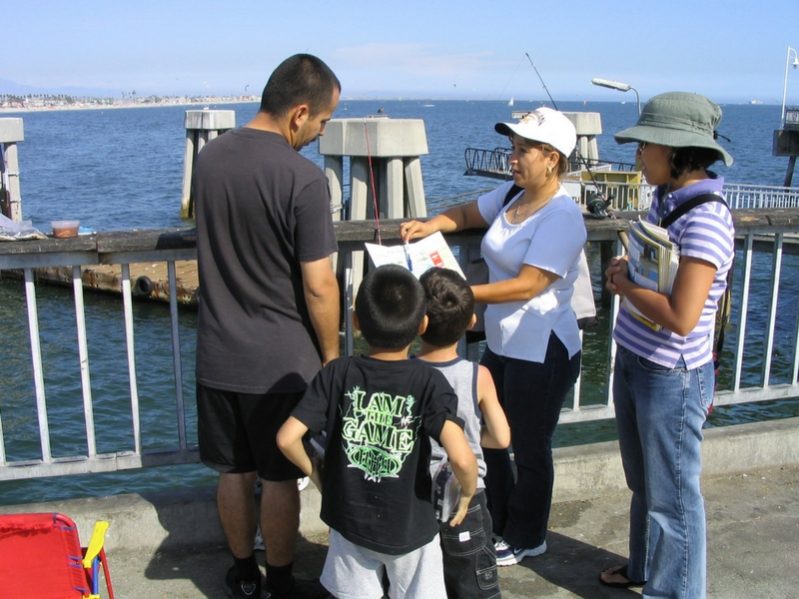
Most fish caught in Santa Monica Bay are safe to eat. Some species, however, are contaminated with toxic levels of DDT, PCB and mercury. Thanks to an EPA grant, our award-winning Pier Angler Outreach team has canvassed local fishing spots and directly warned nearly 150,000 people about what fish are dangerous to eat in a variety of languages from Tagalog to Spanish. Because this is contract work required under a legal settlement, it is buffered against today’s freeze.
These grant and contract freezes are part of a set of bigger concerns. The new administration has begun to advance real threats to roll back clean water programs and regulations that protect public health; offer habitat protections for wetlands and streams that buffer communities from climate change impacts and safeguard wildlife; and many other important environmental achievements. Muzzling its agencies from communicating about their important work and the status of our environment also does a huge disservice to the public, keeping Americans in the dark about important research findings and the state of environmental resources.
In the coming days, we promise to share more information about changes at the U.S. EPA as we receive it. And as concerned as we are about the actions of the past few days, we remain on high alert for the realization of any roll-backs of federal regulations that have been discussed, which may impact California. If you care about these issues, now is the time to make your voice heard. Contact your representative to urge them to protect important environmental policies and programs. We will also soon be posting an Action Alert that will allow you to urge policy makers to maintain strong EPA funding for vital programs that affect the Bay. Stay tuned.
While we strategize on a more formal response to this week’s funding freeze, we encourage you to consider a donation to help support our work to protect the Bay.



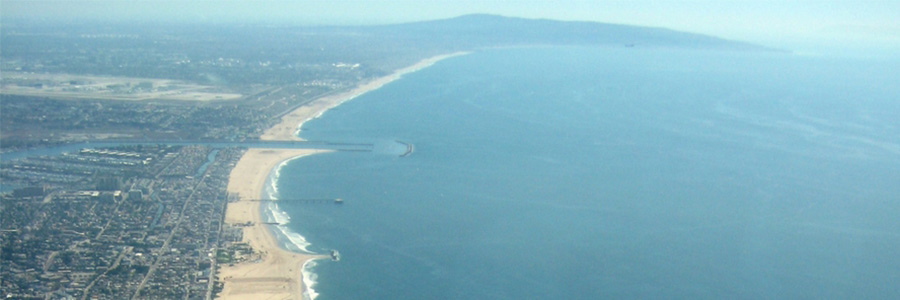

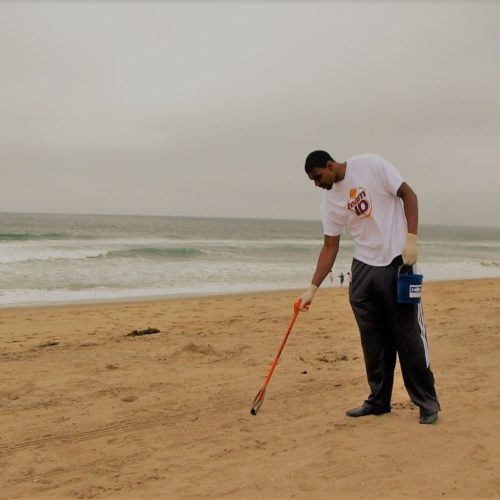
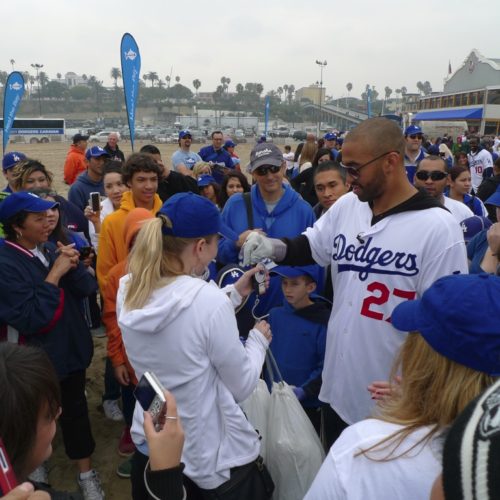

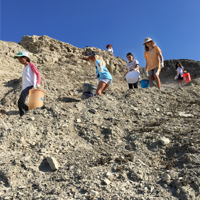 I spent a beautiful morning with about two dozen volunteers at Lunada. The only intimidation I felt this day was figuring out how to navigate the twisting, semi-treacherous path to the beach without falling on my butt. And the only locals I crossed paths with were an adorable group of girls volunteering from Lunada Bay Elementary School across the street. They weren’t too menacing.
I spent a beautiful morning with about two dozen volunteers at Lunada. The only intimidation I felt this day was figuring out how to navigate the twisting, semi-treacherous path to the beach without falling on my butt. And the only locals I crossed paths with were an adorable group of girls volunteering from Lunada Bay Elementary School across the street. They weren’t too menacing.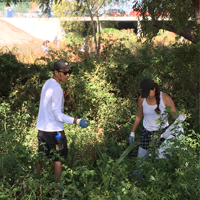 On my way home, I detoured to another one of my favorite sites — Compton Creek, a largely forgotten gem in the necklace of green spaces along the L.A. River.
On my way home, I detoured to another one of my favorite sites — Compton Creek, a largely forgotten gem in the necklace of green spaces along the L.A. River.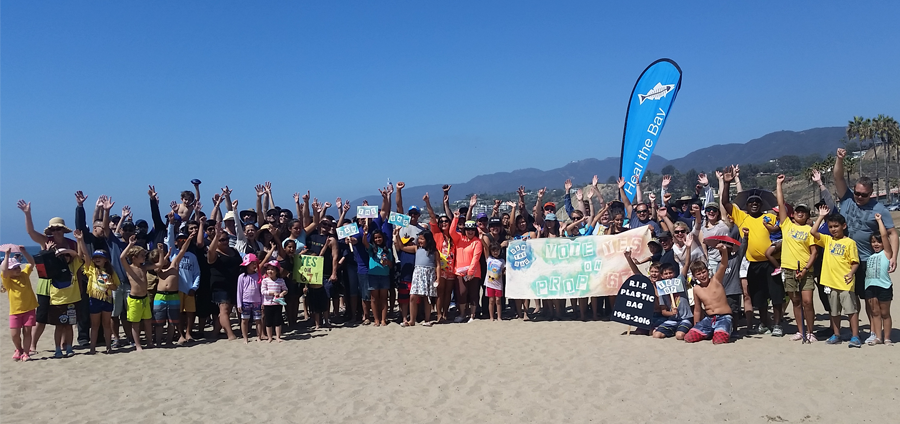

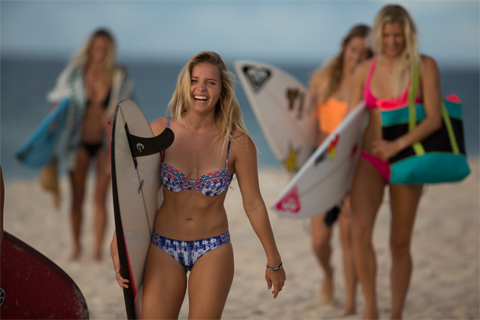
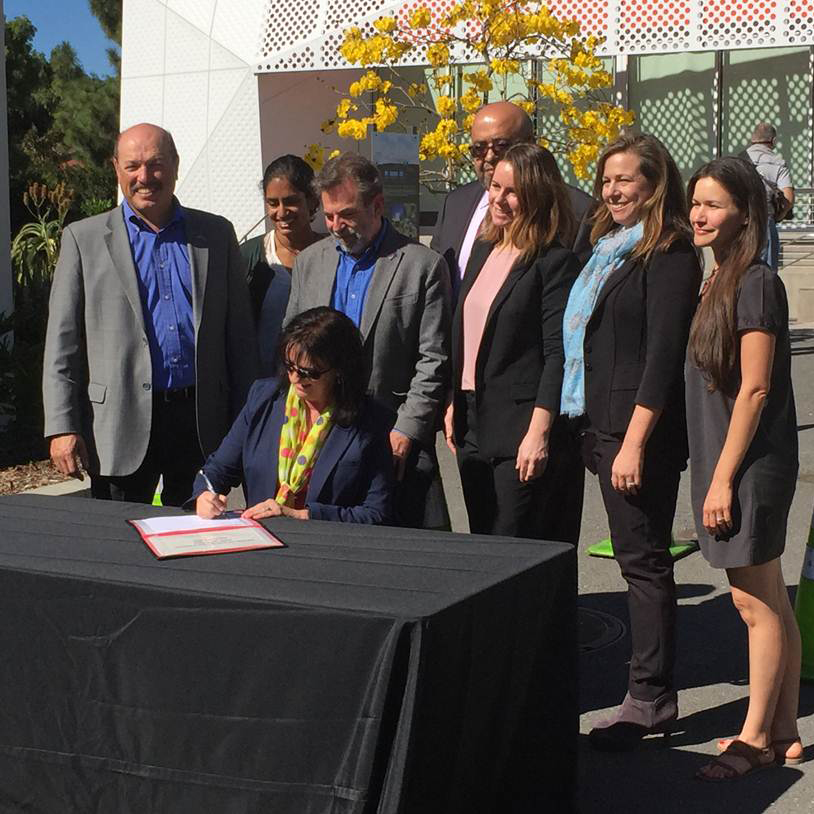

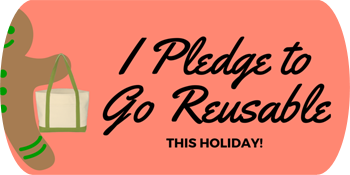

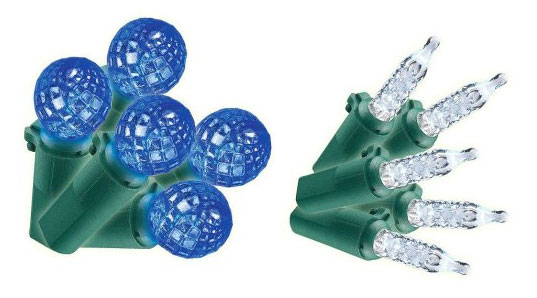


 The Heal the Bay Blend!
The Heal the Bay Blend!